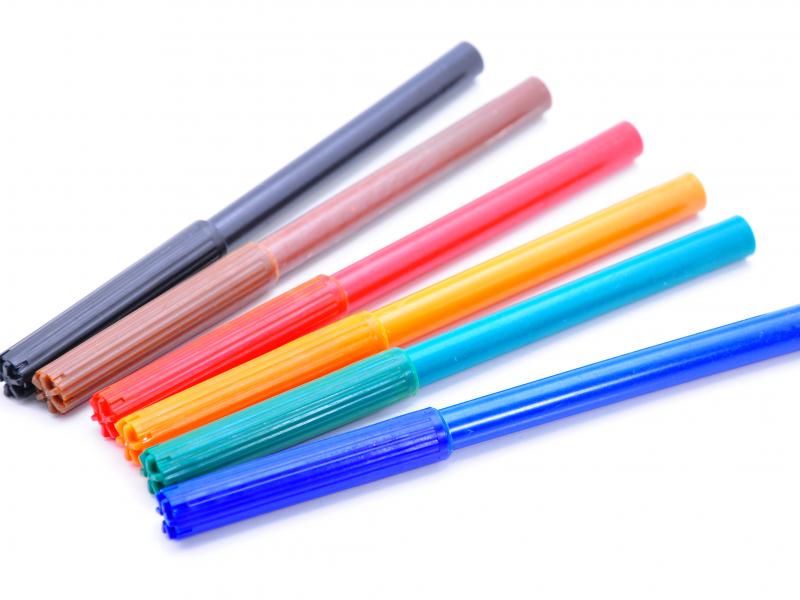Play is an essential part of children’s healthy development. Not only does play foster a happy childhood, it also promotes learning. Using fun and playful activities is a great way to introduce students to new concepts and further develop their knowledge.
Playful Writing by Rebecca Olien and Laura Woodside provides fun and engaging learning strategies. Play-based learning encourages children to practice problem solving, language, social skills, and creativity. Writing can benefit from many of these skills as well.
Even from a young age, educators should emphasize the importance of reading and writing to children. Any mark a child makes to represent something can be considered writing. Furthermore, the more exposure children have to writing as a form of play, the more likely they are to see writing as a natural way to explore and communicate ideas.
Children are constantly using their five sense to gather information about the world around them. Educators can help children use their sensory descriptions to bring their writing to life. By taking the time to discuss and describe sensory experiences, young writes can dramatically improve their descriptive word choices down the road.
Below are two activities specifically focused on learning and using sight words.
I Spy
This popular guessing game sharpens observation skills as children communicate guesses through drawing and writing.
Materials:
- Board erasers
- Dry erase pens or chalk
- Individual whiteboards or chalk boards
What to Do:
- Select one player as the spy and encourage that child to spot something in everyone’s view. If you are working with very young children, you will want to model spying and giving clues for them.
- The spy gives a clue, saying, “I spy something…” The clues might include the color, size, shape, or use of the object seen.
- The rest of the players cam take turns guessing at what the spy is seeing by drawing a picture or writing their guess on a wipe-off board.
- The spy gives a second clue.
- Children may either keep their first guess or draw or write a second guess to fit both clues.
- The game continues in this manner with children holding up their boards and sharing I Spy guesses.
- If the children are unable to guess the correct object, the spy reveals the object and a new spy is chosen to continue the game.
Writing and drawing is an integral part of this game. While playing I Spy, early writers use drawing and some known letters to communicate their guesses.
Rose-Colored Guesses
Colored plastic lenses create a new view to share in colorful writing descriptions.
Materials:
- Red cellophane
- Red, yellow, and blue markers
- White paper
What to Do:
- Cut the cellophane into 3-inch circles.
- Show the children the red circles. Demonstrate how to hold a circle up and look through it like a lens. Ask them how they think things will change when they look through the red color.
- Encourage them to look at different objects and describe the color changes they notice. Ask the children to to look at plants, the sky, and other natural objects.
To explore how colors change, early writers can use red, yellow, and blue markers to create pop-art word art. Encourage artists to use as many letters and words as they know, switching markers to include all three colors. Overlapping words and letters create an even more pronounced pop art effect.
Next, give the children red cellophane to look through. Encourage them to notice how the pop art changes. Ask the children to notice which letters and words pop out. How do the colored lenses change the way the art looks?
After exploring the pop art activity, early writers will enjoy writing longer messages in colors that either disappear or pop out of the page when viewed through the red lenses. These secret messaged make a great addition to any pretend spy or detective game.
Check out Playful Writing for more fun activities to help children develop their literacy skills.

